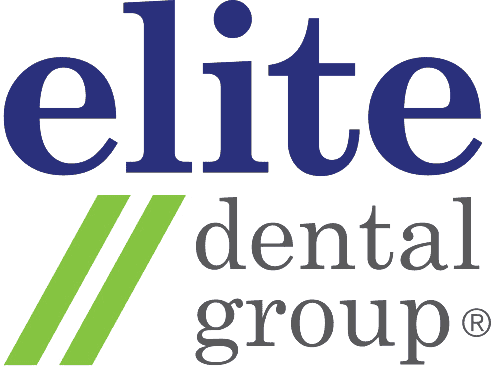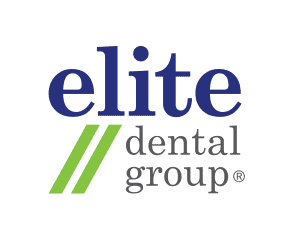23 Sep The Most Common Sedation Dentistry Myths and Truths
For many people, the mere thought of going to the dentist can make them feel lightheaded. While unfortunate to note, all too often, fear and anxiety causes people to avoid the dental treatment they so desperately need. However, it is important to note that avoiding dental care may lead to bigger oral issues down the road.
Dentists know how crucial it is for patients to feel comfortable each time they visit. This is where sedation dentistry often comes in. While sedation dentistry has become quite popular, some patients are still a bit skeptical about it. This is partly due to some of the myths associated with dental sedation.
Debunking the Most Common Sedation Dentistry Myths
If you are considering dental sedation, it would do you a lot of good if you find out the most prevalent myths about dental sedation and the truths behind them.
Myth #01: Sedation puts you to sleep instantly.
Truth: You won’t be totally unconscious with sedation dentistry. While you won’t be completely aware of all that happens or remember most of what transpires, you are not fully asleep. Although sedation dentistry can affect individuals differently, it won’t knock anyone completely unconscious.
Myth #02: Sedation dentistry is only reserved for complicated dental procedures.
Truth: Sedation dentistry is often associated with complex and major dental procedures. However, it is not exclusive for complex dental procedures alone. Case in point: if you are suffering from severe dental anxiety, sedation can be provided even for those routine and basic procedures.
For instance, if you come in to have your wisdom teeth removed or have your teeth cleaned, sedation dentistry might be provided especially if you are severely anxious about the procedure. Ultimately, the goal is for you to have a comfortable and pleasant experience each time you visit.
Myth #03: There is only one type of sedation.
Truth: Many people think there is only one option when it comes to sedation dentistry. However, there are actually several methods used. For instance:
- Nitrous oxide
- Oral sedation
- General anaesthesia
- IV sedation
Nitrous oxide and oral sedation are oftentimes used in basic and routine procedures. On the other hand, general anaesthesia is generally reserved for those more complex oral surgeries and procedures.
Myth #04 Sedation dentistry is unsafe.
Truth: While there’s a very minimal number of people who are not considered great candidates for sedation dentistry, it is reassuring to know that most people are considered good candidates for the procedure. Sedation options like nitrous oxide are deemed safe for most people.
However, it is true that some forms of sedation may not be ideal for some patients especially those with certain medical conditions. In line with this, it is crucial to let your dentist know your complete medical history before getting sedation dentistry. Your dentist will be able to recommend a treatment plan that is safe for you.
Myth #05: Anyone can get sedation.
Truth: Generally, sedation dentistry is considered safe for most people. However, there are certain instances when sedation might not be the best option. Avoid sedation dentistry if:
- You are expecting.
- You are allergic to the sedation medication used.
- You have medical conditions that interfere with the effectiveness of the sedation.
The good thing is, if one sedation method (or if sedation dentistry in general) is not right for you, there are other options your dentist can recommend to ensure you have a favorable experience during your visit.
As a general rule of thumb, talk things out with your dentist. It is also important that you are completely transparent especially about your medical condition or some of the medications you are currently taking if sedation dentistry is being considered for you.




